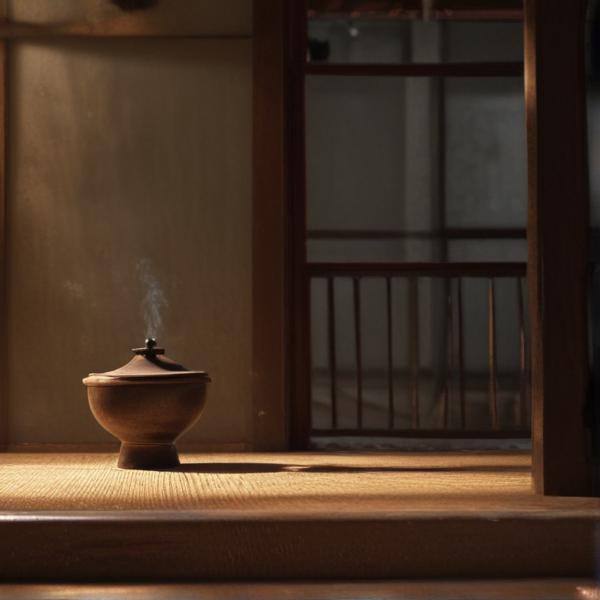基本信息 (Basic Information)
含义与用法 (Meanings & Usage)
中文核心释义 (Core Chinese Meaning): 擦,抹,用手或布等去掉表面的东西。
英文核心释义 (Core English Meaning): to wipe, to clean by rubbing, to remove something from a surface using a hand or cloth.
“拭”通常用于表示用布、手等轻轻擦去液体、污渍等。常见于“擦拭”、“拭泪”等词语,比“擦”语气更温和、文雅。
'拭' is primarily used to describe gently wiping away liquid or dirt with a cloth or hand. Common in words like '擦拭' (to wipe clean) and '拭泪' (to wipe tears), it has a softer and more elegant tone compared to '擦' (to rub or scrub).
象形意义 / 为何这么写 (Pictographic Meaning / Writing Rationale)
“拭”由“扌”(表示与手有关的动作)和“式”(作声旁)组成,表明这是用手进行的动作,即用手擦去、抹去东西的意思。'拭' is a semantic-phonetic compound character: the left radical '扌' suggests an action performed with the hand, while '式' provides the pronunciation. The whole character expresses the idea of wiping or cleansing by hand.
文言文释义 (Classical Chinese Meaning)
与现代意义相近,主要表示用手擦净、拭去。Similar to modern meaning, mainly used to mean 'to wipe clean' or 'to wipe away by hand'.
深入学习 (In-depth Study)
字源故事 (Origin Story)
“拭”字由“扌”(手)和“式”组成。“扌”表示动作与手相关,“式”本指方式、样式,这里表示发声,与意义关联不大,后来借指擦拭之意。“拭”最早出现在东汉许慎的《说文解字》中,用以表示用手来擦。The character '拭' is composed of the hand radical '扌' on the left, indicating an action performed with the hand, and '式' on the right, which initially meant 'manner' or 'style' but serves primarily as a phonetic indicator here. The meaning of '拭'—to wipe—originated from this combination, and it first appeared in Xu Shen's 'Shuowen Jiezi' during the Eastern Han dynasty, conveying the idea of wiping with the hand.
字形演变 (Character Evolution)
甲骨文 (Oracle Bone Script):
目前未见明显的“拭”字甲骨文记载,由于该字属于后起字,可能未入甲骨文字库。
There are no clear records of the character '拭' in Oracle Bone Script; it is likely a later formation and does not appear in the earliest script corpus.
金文 (Bronze Inscription):
金文中暂无“拭”字出现,多用“拭”的本义相关的其他字。
In Bronze Inscription script, '拭' does not commonly appear and related meanings were expressed with other characters.
小篆 (Small Seal Script):
小篆中“拭”字左为“手”,右为“式”,结构与现代字体较为接近,笔画舒展,左右分明。
In Small Seal Script, '拭' is composed of the hand radical on the left and '式' on the right. Its structure closely resembles the modern form, with clear, graceful strokes and balanced proportions.
隶书 (Clerical Script):
隶书时期,“拭”结构趋于扁平,笔画变粗,左侧的“扌”与右侧“式”分布更清晰,为后来的楷书奠定基础。
During the Clerical Script era, '拭' became flatter and more squared. The strokes thickened and both the hand radical and '式' became visually distinct, paving the way for the modern Regular Script.
楷书 (现代) (Regular Script (Modern)):
现代楷书中的“拭”左右结构分明,左为扌,右为式,整体简洁明了,是常用书写体。
In modern Regular Script, '拭' is clearly divided with the hand radical on the left and '式' on the right. The overall structure is straightforward and it is the standard written form.
常用词语和例句 (Common Words & Examples)
拭泪 (to wipe away tears)
她默默拭泪,谁也没有发现。
Eng: She quietly wiped away her tears, and no one noticed.
擦拭 (to wipe, to clean by wiping)
请用干净的布擦拭桌子。
Eng: Please wipe the table with a clean cloth.
相关成语 (Related Idioms)
相关成语信息待补充。Related idiom information pending.
多语言翻译 (核心释义) (Translations (Core Meaning))
- French: essuyer
- German: abwischen, säubern
- Spanish: limpiar, limpiar frotando
- Italian: asciugare, pulire strofinando
- Portuguese: limpar, enxugar
- Russian: вытирать
- Arabic: يمسح، ينظف
- Persian: پاک کردن، تمیز کردن
- Dutch: afvegen, schoonmaken
- Polish: wycierać
- Vietnamese: lau, lau sạch
- Ukrainian: витирати
视频学习资源 (Video Learning Resources)
通过以下链接在热门视频网站搜索 "拭" 的更多讲解:
Search for more explanations of "拭" on popular video sites:
- 在 Bilibili.com 搜索 "拭 字源 说文解字" (Search on Bilibili)
- 在 YouTube.com 搜索 "拭 character origin etymology" (Search on YouTube)
网络参考 (Web References for "拭") ()
网络搜索信息待获取。Web search information pending.
更多图片 (拭 More Images) ()
